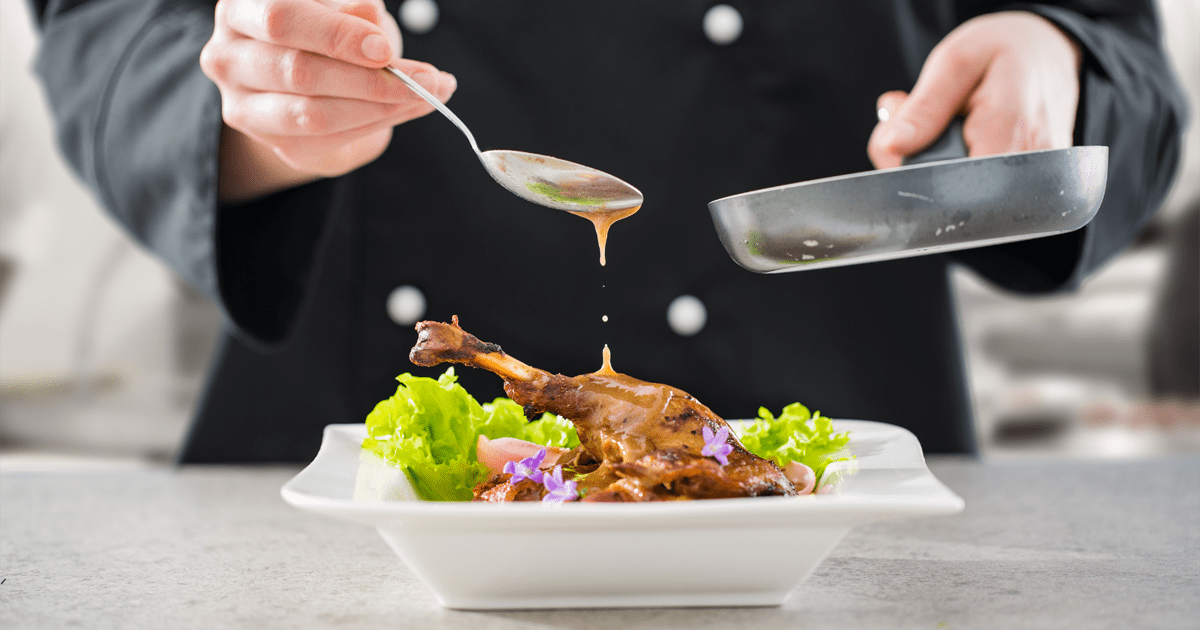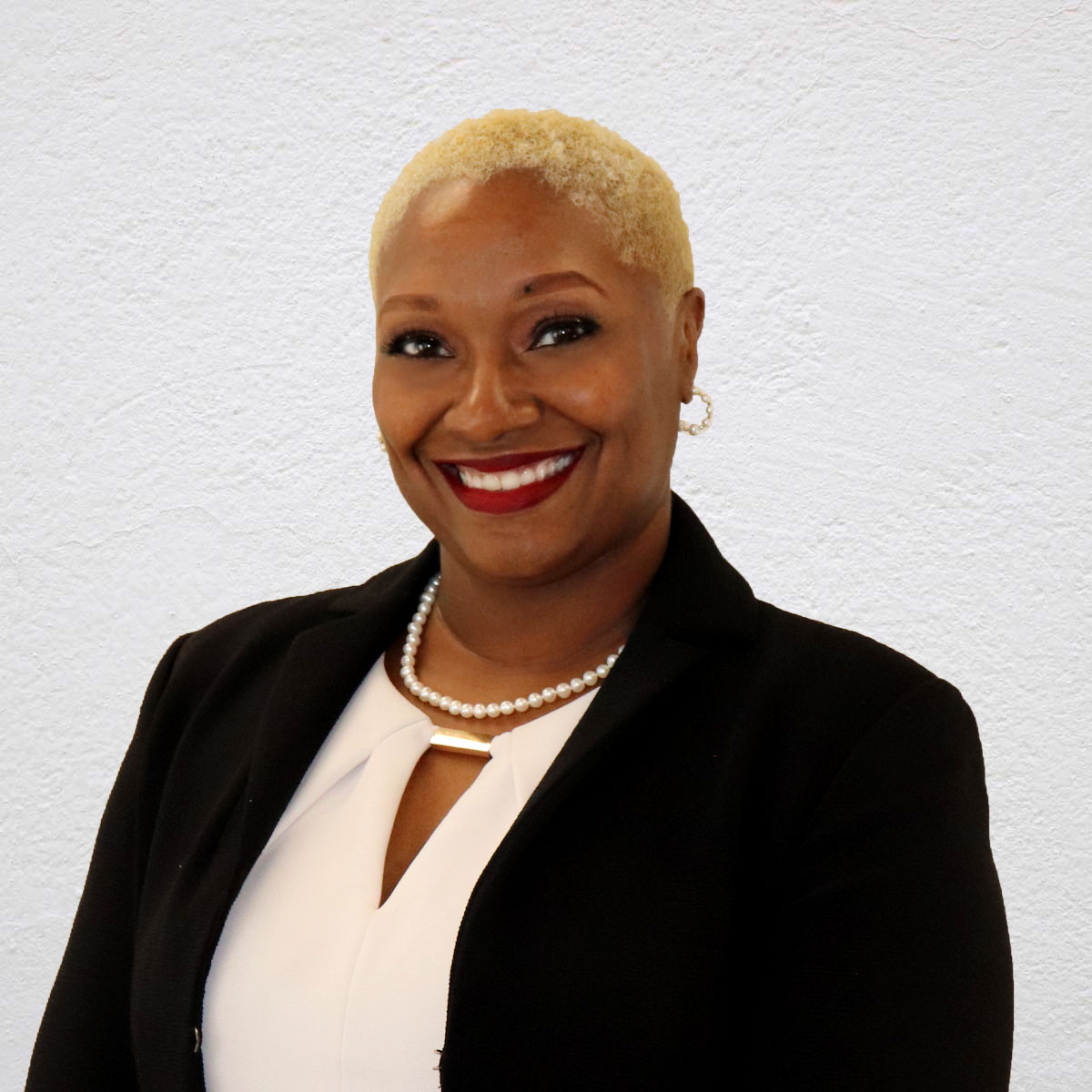Healthcare facilities aren’t traditionally known for their high-quality food. However, just like you wouldn’t go to the chiropractor to get your taxes done, you don’t see your doctor because they’re a great chef. Even if you’re not in the market to completely overhaul your dining program, being known for an unappetizing culinary selection doesn’t have to be the narrative for your healthcare community, either.
There’s more that goes into a meal besides taste. Aesthetics matter, so prioritizing plating and presentation for every meal shouldn’t fall at the bottom of your to-do list. But before investing your time into a significant culinary transformation, learn why creating an appetizing plate makes a difference.
Why Presentation is Important
We know that a more delicious and nutritious diet can improve a person’s mental and physical health in a general sense, but what about when they’re in a healthcare setting? Think about it. If you’re sick and have to stay in the hospital or have a condition that requires you to move to a long-term care community, it can be a rough transition. Mealtime might be the most exciting part of your day, so having something to eat that’s appealing to your eyes and your stomach is important.
In fact, plating and presentation are so substantial that they even affect major health factors like hospital readmission rates and malnutrition levels. In a study of over 200 newly hospitalized internalized medicine patients, those who received a more attractively presented plate were more likely to eat more than those who didn’t. It also lowered their chances of being readmitted for similar reasons by almost 20%.
A 2021 review of current food design literature also shows how impactful presentation is for those with dysphagia or another swallowing condition requiring a texture-modified diet. Since these diets aren’t usually the most visually appealing, the researchers emphasize making food as presentable as possible. However, although the results of this review are from within the last five years, there are almost three decades’ worth of other research showing how different methodologies like 3D printing have increased patient food intake. In 1996, a study found that using this presentation strategy increased caloric and protein intake for older adults in residential care by 41% and 36%, respectively.
All this evidence and the thousands of other published studies lead us to one conclusion: the better the plate looks; the more likely people are to eat the food on it.
How to Improve Your Plating and Presentation
Improving your plating and presentation starts with a conversation with your residents or patients. How do they feel about the look of the meals you’re currently serving? What changes would they like to see made? Listening to their concerns makes them feel valued, increasing their satisfaction with their healthcare. But aside from suggestions you receive from resident feedback, here are a few ideas to get you started.
Make it Diverse
Diversity is essential to improving food presentation, and it starts with incorporating various textures and flavors onto the plate. After all, who wants a big bowl of mush on their plate while everyone else has a colorful variety of foods? If pureed foods are the only options, try using decorative accents or food molds to enhance the look of the plate, making it more appetizing. Diverse dishes also acknowledge a person’s individuality, creating a more inclusive and satisfying dining experience.
Some experts recommend using as much color as possible by incorporating different food groups. For example, instead of combining turkey with gravy, mashed potatoes, and a slice of bread (all similarly colored items) on a plate, throw in some peas, carrots, or a small bowl of fruit to brighten up the meal.
Don’t Forget the Cutlery and Dishware
While having the appropriate cutlery and dishware is necessary so residents can eat what’s on their plates, don’t hesitate to get creative. For those who require a bit more assistance to eat, try to find adaptive dining ware that is both functional and aesthetically pleasing – just like everyone else’s plate. This contributes to a sense of normalcy and dignity during mealtime, positively impacting a person’s emotional well-being. Plus, it avoids making them feel “othered,” which is sometimes an unintentional consequence of catering to individualized needs.
Avoid Overfilling the Plate
This plating tactic applies to any resident, not just those with specific eating needs or dietary requirements. No one wants a plate so full that their food is spilling over the sides, but it’s also important to be mindful of portion size. A well-balanced and appropriately portioned plate looks more appealing and ensures residents can comfortably navigate their meals. For example, some people don’t like their food to touch, which is easily amendable by plate separators. Deconstructing a dish is another valuable technique for separating a meal into individualized ingredient portions. While it’s used in fine dining environments, it also aids picky eaters in adapting to new foods and tastes – allowing them to explore new culinary dimensions without fear of shame or guilt.
These approaches also help in preventing food waste and assist residents in developing a more positive relationship with food, contributing to a healthier and more enjoyable dining experience in a healthcare setting.
Start Perfecting Your Plating with Culinary Services Group
Are you ready to start perfecting your plating? We hope so! However, if improving aesthetics isn’t your wheelhouse, consider bringing in an expert to help. The dietary specialists at Culinary Services Group can help take care of improving your menu to make meals more nutritious, while at the same time ensuring each plate you serve to residents in your healthcare community is a work of art. We believe in person-centered dining, which caters to individual preferences and dietary needs, so plating and presentation is one of our top priorities. Reach out today to speak with a team member to learn more.








